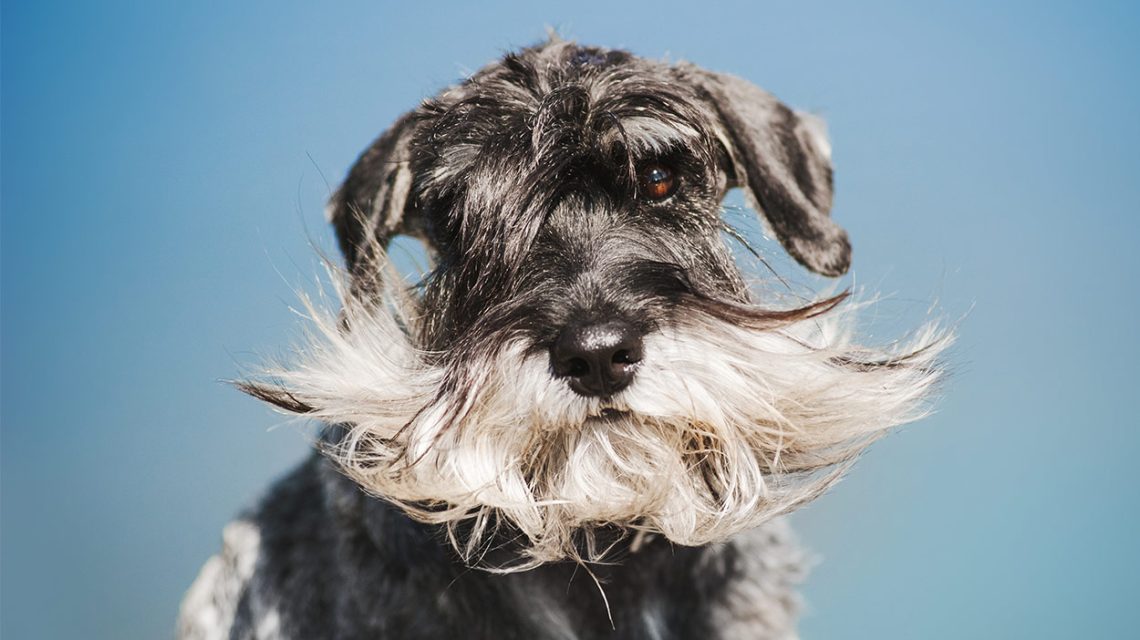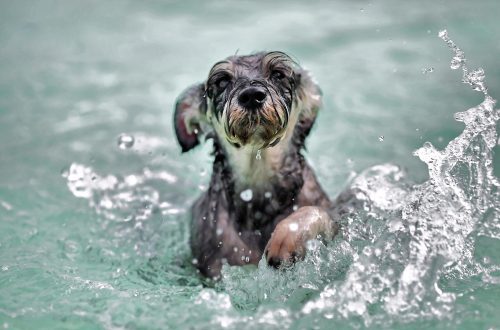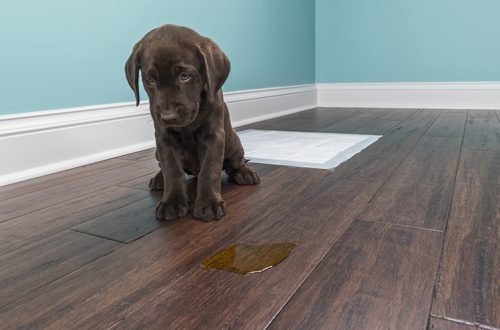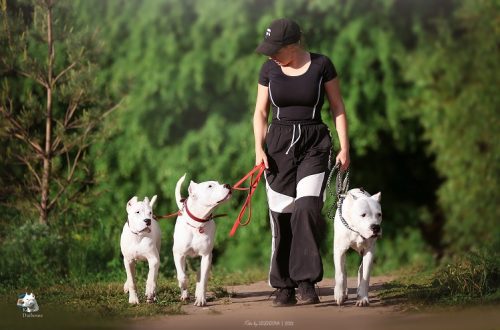
Why does a dog need a mustache?
It is generally accepted that dogs have six main senses: taste, smell, sight, hearing, balance and touch. With the first five, everything is more or less clear: the eyes are responsible for vision, the ears are responsible for hearing, the nose is responsible for smell, and the vestibular apparatus is responsible for balance. But the organs of touch in dogs and humans are very different.
If you look closely at the dog, you can see thickened hairs on its head. They are located above the eyes, on the cheeks, on the lips, and also in the corners of the mouth. To understand why a dog has a mustache on its face, you should turn to biology.
Contents
What are vibrissae and how do they work?
In the language of science, dog whiskers are called vibrissae. They are very sensitive hairs. In cats, for example, the difference between hairs and whiskers is quite obvious and striking, but dog whiskers are much shorter and softer. Nevertheless, they have one purpose: they are an organ of touch, that is, with their help, a dog, like a cat, orients itself in space, determines the size of objects next to it, feels the strength and speed of the wind. In general, they help the animal perceive the world around it better.
Mustache follicles – sensitive hairs – are a complex of mechanoreceptors. Simply put, they are surrounded by tens of thousands of nerve endings that perceive mechanical stimulation and send appropriate signals about it to the dog’s brain.
In fact, sensitive hairs are located not only on the muzzle of the animal, but throughout the body. However, they are not accepted as vibrissae. However, it is worth noting that such thickened hairs have much more nerve endings in the follicle and are the first to respond to external stimuli.
Can you trim a dog’s mustache?
Sometimes dog owners, out of ignorance or based on their own taste preferences, ask the groomer to cut off their mustache. This can only be explained by the fact that such owners simply do not know why dogs need mustaches, otherwise they would definitely not do it.
Dogs left without whiskers partially lose their orientation in space. The signal from the vibrissae becomes erroneous or completely stops coming to the brain.
Because of this, very often dogs become nervous and irritable, they may have more frequent attacks of aggression. The loss of a mustache is especially dangerous for older pets, whose sense of smell and hearing are already dulled, and the central nervous system often fails.
Today, the health of the animal is put in the first place, and, for example, at exhibitions, there is an increasing ban on cutting animal whiskers.
What to do if a dog’s mustache falls out?
I must say that a single loss is a natural phenomenon, the “life span” of a vibrissa is approximately 1–2 years. But, if you notice that the mustache has turned white or has begun to fall out en masse, you should contact your veterinarian.
The process of mustache loss may be associated with hormonal changes – for example, during pregnancy, lactation or estrus. In addition, the problem may be due to dehydration or dry air. There are also more serious reasons – various kinds of diseases. To exclude the disease of the animal, visit the veterinary clinic, because the problem of mustache loss can cause a lot of trouble for the pet.





